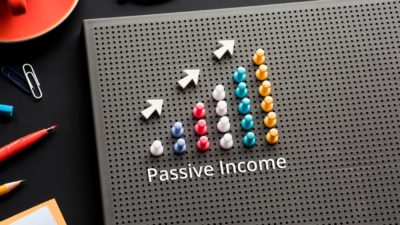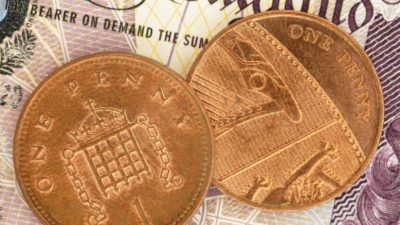It is easy to think of Spirax (LSE: SPX) as a big success story. The once little engineering firm has grown its revenues substantially and since joined the FTSE 100 index of leading shares.
The dividend per share has also grown every year for over half a century. Yet, over the past five years, the Spirax share price has essentially gone nowhere.
As I write on Wednesday (17 July), it stands within 0.4% of where it was five years ago. While the track record of regular dividend increases is superb, the current yield of 1.8% is well below the FTSE 100 average.
Should you invest £1,000 in Spirax-sarco Engineering Plc right now?
When investing expert Mark Rogers has a stock tip, it can pay to listen. After all, the flagship Motley Fool Share Advisor newsletter he has run for nearly a decade has provided thousands of paying members with top stock recommendations from the UK and US markets. And right now, Mark thinks there are 6 standout stocks that investors should consider buying. Want to see if Spirax-sarco Engineering Plc made the list?
Is this a red flag – or a buying opportunity for my portfolio?
Strong business model
Spirax has performed strongly in some ways as a business over the past five years. Last year saw revenues of £1.7bn, 46% higher than five years ago. Profit before tax fell 15% during the period to £245m, while basic earnings per share showed a steeper fall, of 18%.
Despite the fall in profits, the dividend per share grew 60% over the course of those five years. It continues to be covered 1.6 times by earnings, meaning that there is room for further growth in the shareholder payout even if profits are flat.
Setting aside for a moment the fall in earnings, it is worth noting some strengths of the business model. The revenue growth has been strong and net profit margins of around 11% strike me as attractive.
With a line-up of products that includes many unique products, a large customer base with specific ongoing machinery requirements and a lot of in-house engineering expertise worldwide, I think Spirax could continue to perform well as a business over the long run.
A high valuation
Still, the company does face risks. As the fall in profits has shown, revenue growth can come at a cost (something investors may not like). Integrating dozens of different businesses, managing the complex supply chains of a large, growing business and facing weak industrial demand in some markets have all hurt profits and remain an ongoing risk.
Set against that, I think that the Spirax share price, despite a dizzying ascent, has now moved back almost exactly to where it stood five years ago, makes sense.
In fact, despite that disappointing performance, I continue to see Spirax shares as overvalued.
They trade on a price-to-earnings (P/E) ratio in the thirties. That is too high for me, not just because I do not think it fully reflects the risks, but also because I do not think the valuation is attractive.
If I buy shares in a business – even an excellent one – yielding under 2% and with a P/E ratio that high, where will my possible financial returns come from?
One answer could be higher earnings. If Spirax can regrow those, its prospective valuation may be more attractive. But whether profits will grow strongly in coming years remains to be seen. For now, I am watching but not investing.








